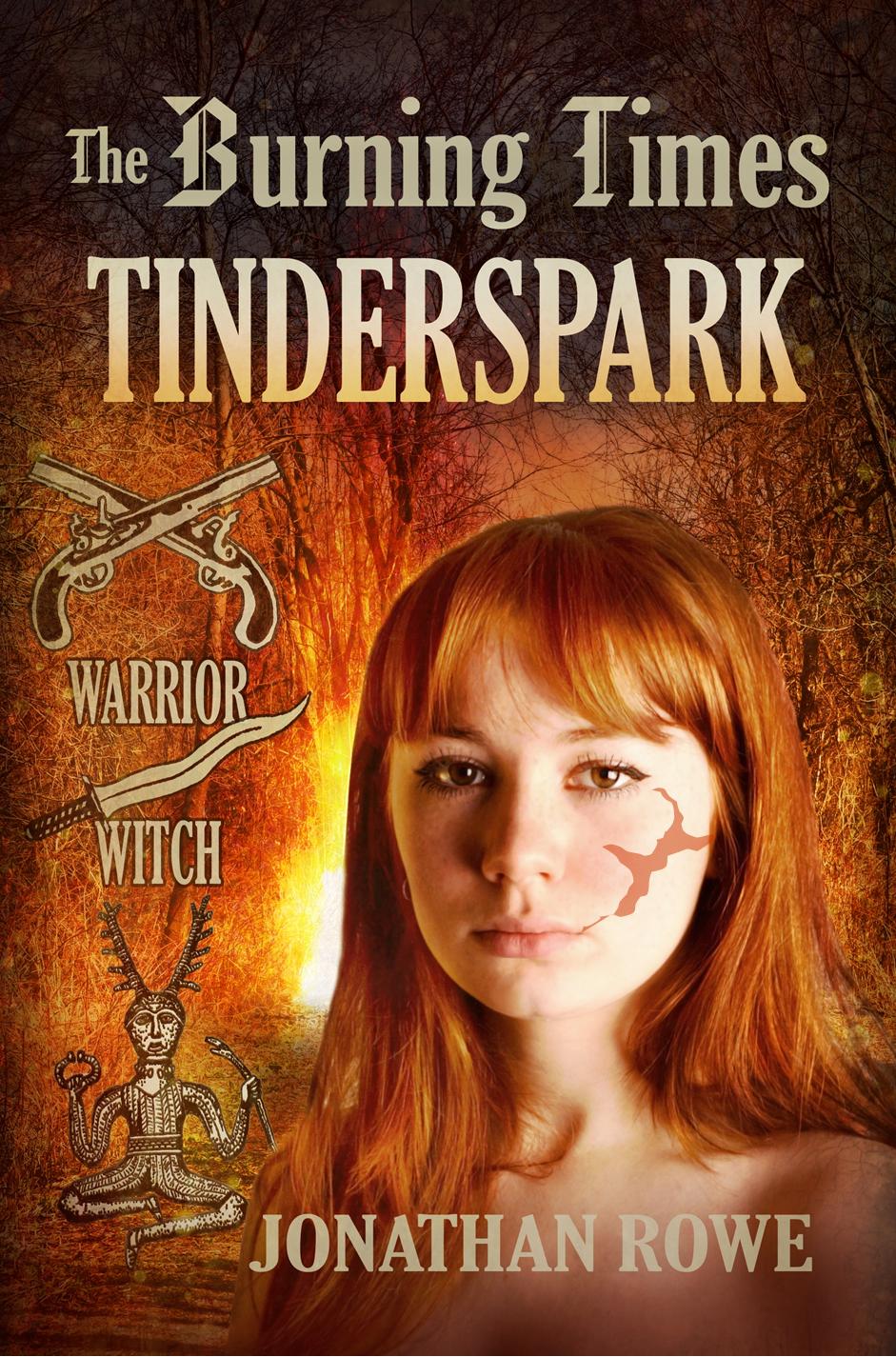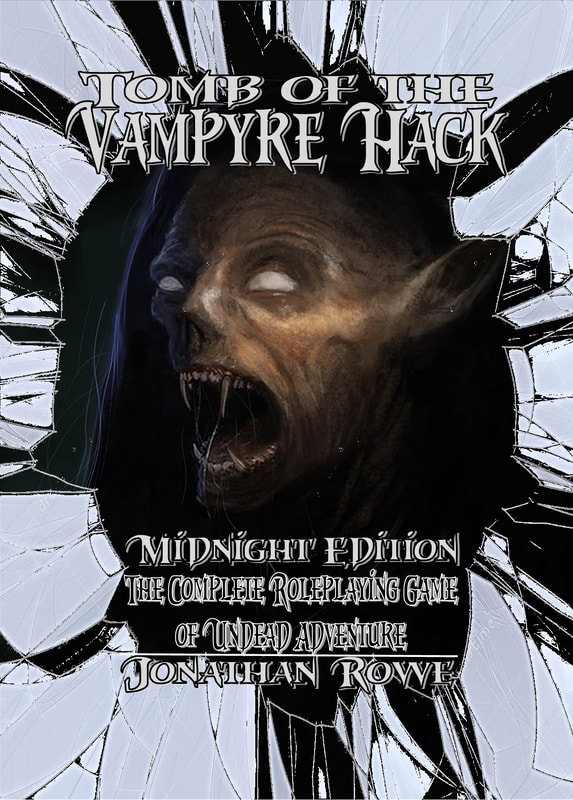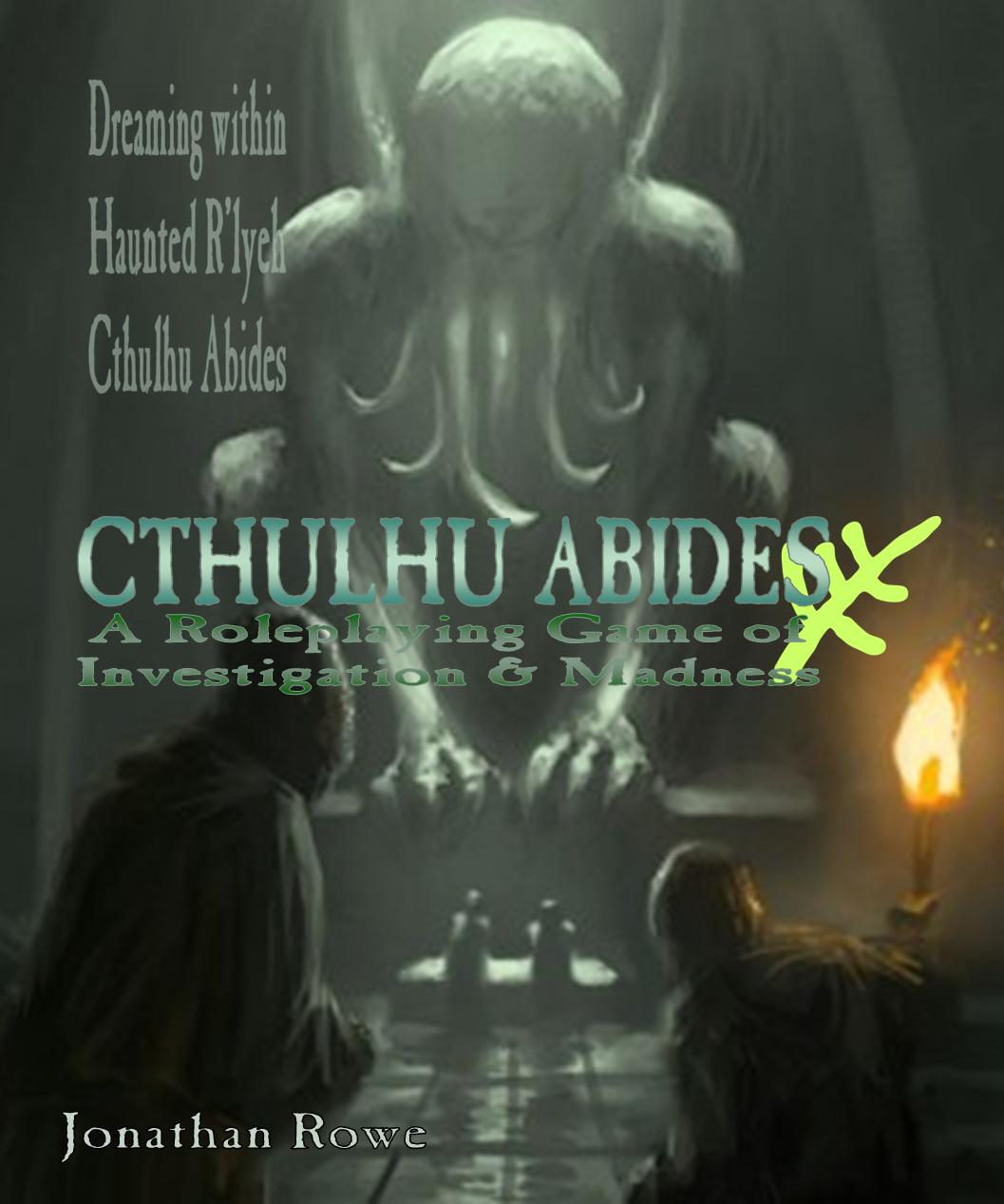|
Zenopus is so hot right now. On the back of Zach Howard's well-received 5th edition reimagining of J. Eric Holmes' classic sample dungeon, The Ruined Tower of Zenopus, here's Clovis Kell with Return of Zenopus: The Lower Dungeons, available as PDF from DMs Guild. You can read my review of Ruined Tower of Zenopus or my retrospective of Holmes' 1977 classic dungeon on this site. First of all: full disclosure. I've got my own Zenopus sequel (Beneath the Ruined Wizard's Tower) over on drivethrurpg, but mine is for Blueholme/WhiteBox. I'll review Return of Zenopus as a D&D 5e scenario in comparison with Zach's 5e version of the original, not as a contrast with my own retro effort. What's it all about? Although Return of Zenopus is pitched as a sort of sequel, with the appearance of strange monsters around Portown suggesting to the worried authorities that the old wizard has returned, it doesn't need to play that way. Kell's dungeon works fine as a simple extension of the Zenopus dungeon and adventurers who cut their teeth on the celebrated first level can move seamlessly into these new levels without any particular hook needed. Return of Zenopus offers a brief discussion of how these new areas relate to Holmes' original map. First of all, there's a Dungeon Annex which is located off to the east of the site. This is an area that Holmes' formerly described as a tunnel ending in the cemetery. Zach Howard developed this footnote into a tunnel connecting to a chamber where cultists were creating undead. Kell turns this into a two-level 'mini-dungeon' that fleshes out his Zenopus backstory and should contrive to promote PCs to level 2 or even 3 once they complete it. Then there are two lower dungeon levels underneath the original site. Kell creates a secret door in Room N to allow access to these. The threats down here will put second level PCs to the test and the rewards should promote them to 3rd or 4th level. What's Zenopus up to? Kell makes the brave choice of outlining the real history of Zenopus and the reason for his disappearance. Of course, D&D players have been speculating about this for decades. Most gamers, on their first introduction to the Zenopus dungeon, will imagine that old Zenopus found some demonic idol, started worshiping it, opened a gateway to Hell and obliterated himself and his staff. And indeed, this is the explanation Kell goes for. So, no bonus points for surprise but at least newbie players get exactly what they expect from this dungeon. One nice touch is that the massive idol of Moloch discovered by Zenopus has "huge red quartz gemstones set in the eye sockets." I love this sly nod to David A. Trampier's iconic cover to the 1e Players Handbook. Tee-hee. Kell writes: "The vast majority of other statues of the era, are missing the gemstones, long ago taken by thieves and temple looters." The Moloch idol drives Zenopus mad in the prescribed fashion (memory loss, growing obsession with invoking Moloch) and, when he finally completes his rite, the hellfire from the portal blows everybody up. Half a century later, the lizardfolk and some human cultists are back to worshiping the Moloch idol, but down in the lower dungeons Zenopus lingers on as a demented wraith. Enter, the player characters... The Dungeon Annex This is a two level mini-dungeon, linked to the main site by a 300ft tunnel that links to Room P, the room in Holmes' dungeon that featured a couple of ghouls and "a short dirt tunnel which ends blindly under the cemetery." The first level of the Annex has stairs up to the Portown Cemetery (albeit to a crypt with a padlock on the gate) and various rooms housing anonymous Cultists and the Undead (mostly Ghouls) they have raised. What's well done here is the task of finding the key to the gate down to the second level and the advantage in sparing the Cultist leader who can reveal it. The second level contains more crypts that give way to caverns and a 7 mile tunnel that exits in the marshes off to the west. The Cultists here are bolstered by Lizardfolk but the iconic Moloch Idol is easy to find and PCs can enjoy themselves prizing out those massive gems from the eye sockets, just like Trampier drew it. There's a NPC prisoner to rescue from the sacrificial slab (the obligatory Elven maid) but the nasty trolls teased in the backstory don't make an appearance. Critique This is a perfectly decent mini-dungeon annex for the Zenopus site, expanding the role of the cultists and their undead goons. The Trampier idol is a nice touch. The layout is thoughtful and PCs who scout ahead or interrogate prisoners will be rewarded with tactical advantage. The factions at work here are linked to the Ghosts of Saltmarsh campaign - a link proposed by Zach Howard that works well here. On the other hand, there's a lack of dynamic purpose. The Cultists are just Bad Guys and their agenda is Undefined Villainy. It's not clear what they're doing down here, what their plans for Portown are, or what they want from Moloch. Even Selzelia the Elf Maid has hardly any hooks: she gets a detailed personal history but Holmes' female prisoner, Lemunda the Lovely, offered more story potential, as the daughter of a powerful lord in Portown. Selzelia might be a useful ally against the Sahuagin if you plan on following up with Saltmarsh but, as with the hints that the Lizardfolk and Cultist factions could fall out, no clear details are offered about this. The Lower Levels Directly beneath the dungeon mapped out by Holmes, Kell proposes two more levels that are "laboratories" created by Zenopus and now haunted by his Wraith. The entrance is a secret door added to Holmes' Crypt (Room N). The first level takes the party on a linear route, culminating at the lab where Zenopus blew himself up. Hopefully the PCs can fend off the Undead and realise that an innocuous gold coin has future significance. A hidden room beyond reintroduces one of Holmes' most memorable motifs, the talking Brazen Head. This one is rather more prosaic than the mystical oracle in the original: it just has a magic mouth spell on it and can be manipulated to reveal the stairs down. Downstairs are just two rooms. One has a pair of elegant (but rather easy) riddles that direct players to open a secret door. Beyond is Zenopus, now an angry Wraith, and a big fight for his treasure hoard. Critique These two levels only account for nine rooms, so anyone hoping the lower levels of the dungeon would be significantly expanded will be disappointed. They are also rather linear, unlike the much more interesting layout of the Annex which rewarded players who used scouting to understand their whereabouts. As with the Annex, it's a fairly routine slog through mechanical traps and unintelligent monsters (oozes, slimes, grumpy animals, undead). The design leans too heavily on things that damage or kill, which tends to discourage investigation. Players will not feel their curiosity is being rewarded but have no choice but to tamper with things if they want to make progress. Zenopus is a tough Big Bad, but he's also a disappointment. Partly because, this is Zenopus, yet all he does is rush up to players and start battering them. He has no spells. He's no longer a dreaded enchanter. He's just an undead bozo. Even by the standard of undead bozos, he falls short. In 5th edition, Wraiths are supposed to be undead warlords who command Spectres and have Wights as their shock troops. OK, there are 3 Spectres on the upper level, but there's no sense here that Zenopus is marshaling an undead army in pursuit of a diabolical master plan. He's just standing around, being a Final Boss. To be fair, Clovis Kell does urge DMs to make more of Zenopus: "This dungeon is not meant to be static, the wraith, Zenopus can be encountered in any area the DM deems appropriate. It would be interesting for Zenopus to encounter the PCs in several short scenarios before the final big battle." The thing is, we really need these interventions written into the structure of the dungeon, rather than left to creative DMs to ad lib. But more of this below. In conclusion: any good? Yeah, it's decent. It's not amazing, but it's solid. The question is, is that good enough? You're paying $2.99 for about 20 pages of material. The maps are hand drawn, but perfectly clear and in line aesthetically with Holmes' famous map from the D&D Basic Set (1977). Layout is consistent. There's some scrappy formatting, a few passages that need correcting, it's not up to the standard of Zach Howard's Ruined Tower but it's clear enough to digest and use. Some of Holmes' familiar tropes are acknowledged: the Brazen Head, the Catacombs and Cemetery, Zenopus' laboratory, the mandatory female NPC to be rescued. However, others are missing. Holmes follows Gygax's early advice that a third of rooms be empty, to allow players space to explore. He offers players things to investigate that are intriguing or wondrous or simply odd. He uses traps that confuse or inconvenience rather than damage or kill. He strikes a dreamlike tone that's part Dunsany-faerie, part-Lovecraft, part Errol Flynn swashbuckling and he's willing to invent monsters and unusual situations in pursuit of this (being swept away by a river, a giant octopus, a conjuror who runs away, an ape in a cage). In place of this, Clovis Kell offers a densely packed dungeon that threatens life and limb but rarely excites curiosity or wonderment. If you are a starting group of D&Ders, or perhaps an experienced DM with a party of rookie players, then the classic Zenopus dungeon is a great place to begin, Zach Howard's 5e iteration of it the obvious jumping off point, and Return of Zenopus positions itself to be a direct continuation of that story. Players might notice the shift from exploration to hackn'slash or might not; a good DM will pick up on the hints about NPC factions and deploy Zenopus to better, eerie effect; an inexperienced DM will struggle to offer more than a succession of monsters to kill. So my advice is, if you're running Ruined Tower for 5e D&D, you could happily follow on with Return of Zenopus, but the DM will need to do some unassisted work on fleshing out the Cultists and giving Zenopus a wider purpose and loftier presence. If you're an experienced D&Der, you'll be looking for something different from this module: a contribution to Holmes' lore, a development of the Tragedy of Zenopus, some ideas about the ultimate fate of the infamous wizard and an imaginative context to place Holmes' original dungeon in. From this perspective, Return of Zenopus falls flat, offering only the most conventional backstory of arrogant-wizard-gone-bad and diminishing the numinous figure of Zenopus into another anonymous dungeon-dweller, to fall beneath the PCs' enchanted blades. Artistically, there's a missed opportunity here to do something memorable with the fate of Zenopus. The Annex and Lower Levels fail to capture the atmosphere and playstyle of the original - although that might be due to the centrality of combat in what constitutes a typical 'dungeon adventure' in 5th edition compared to old school Basic D&D.
0 Comments
Leave a Reply. |
30 Minute Dungeons
Essays on Forge
FORGE Reviews
OSR REVIEWS
White Box
THROUGH THE Hedgerow
Fen Orc
I'm a teacher and a writer and I love board games and RPGs. I got into D&D back in the '70s with Eric Holmes' 'Blue Book' set and I've started writing my own OSR-inspired games - as well as fantasy and supernatural fiction.. Archives
July 2024
Categories
All
|








 RSS Feed
RSS Feed
























